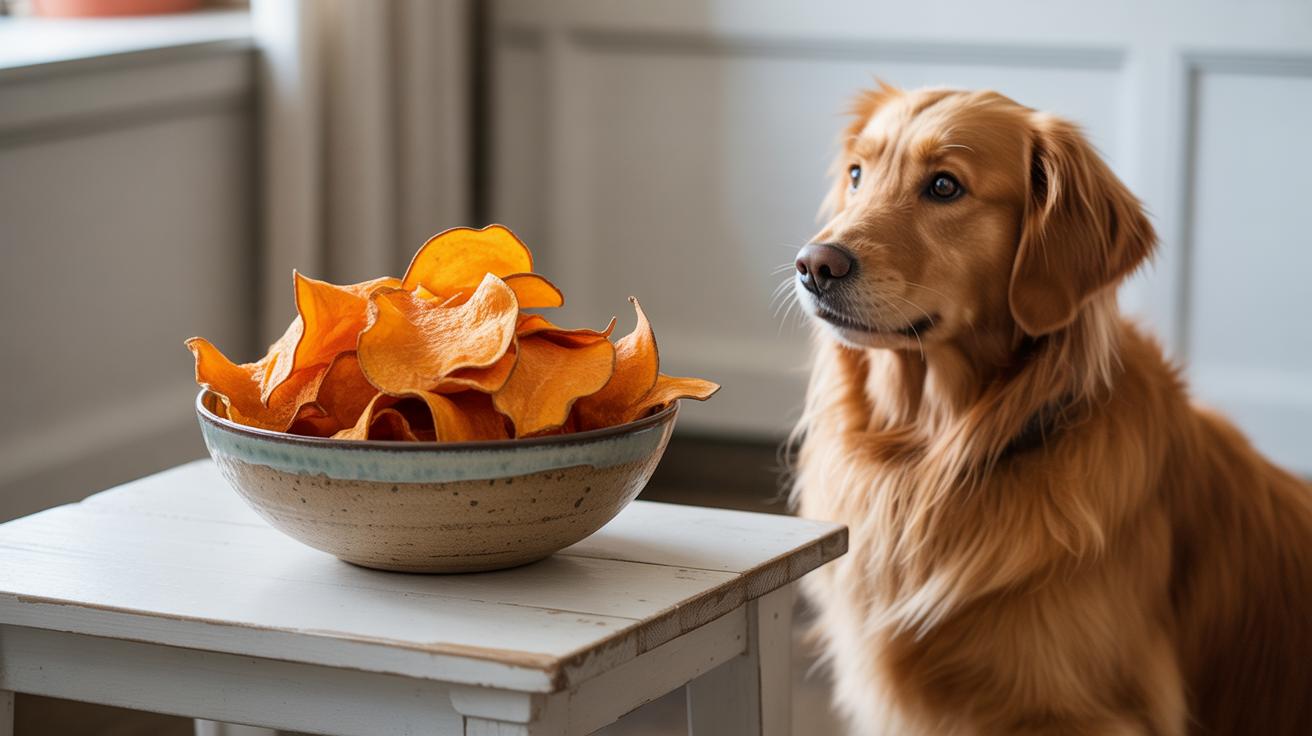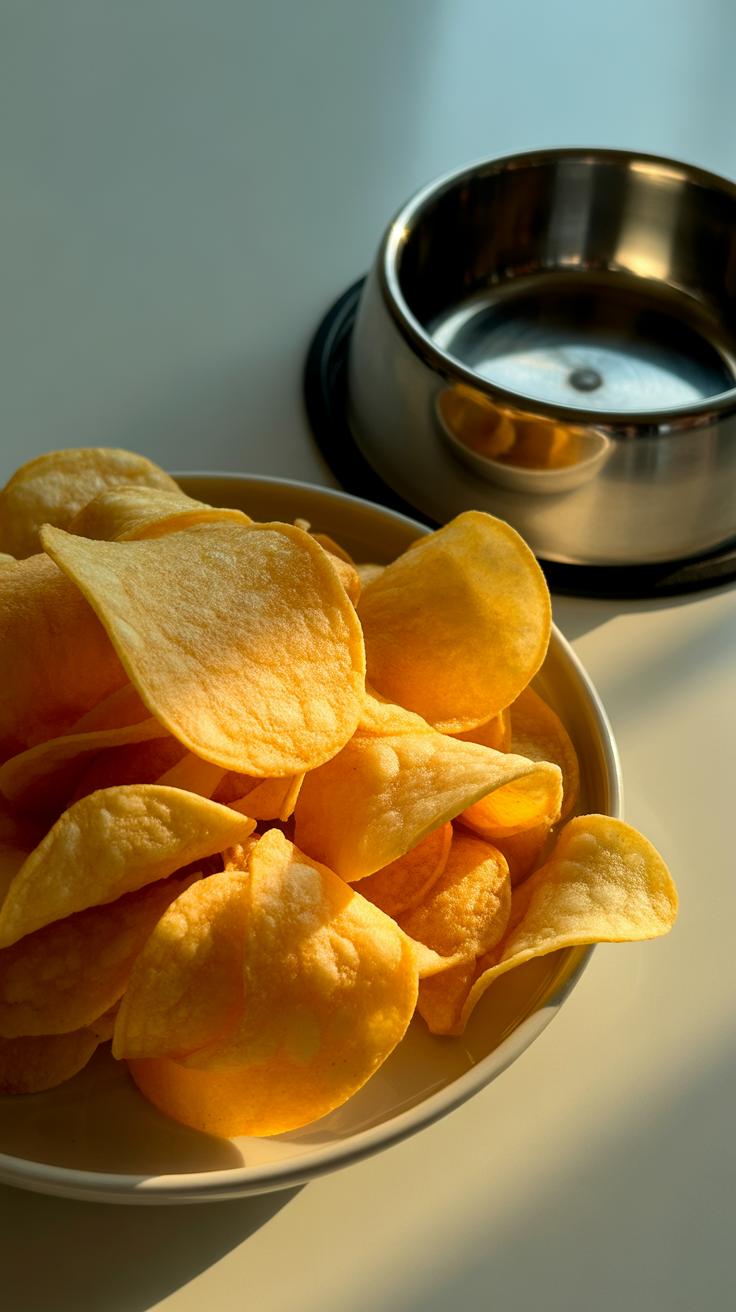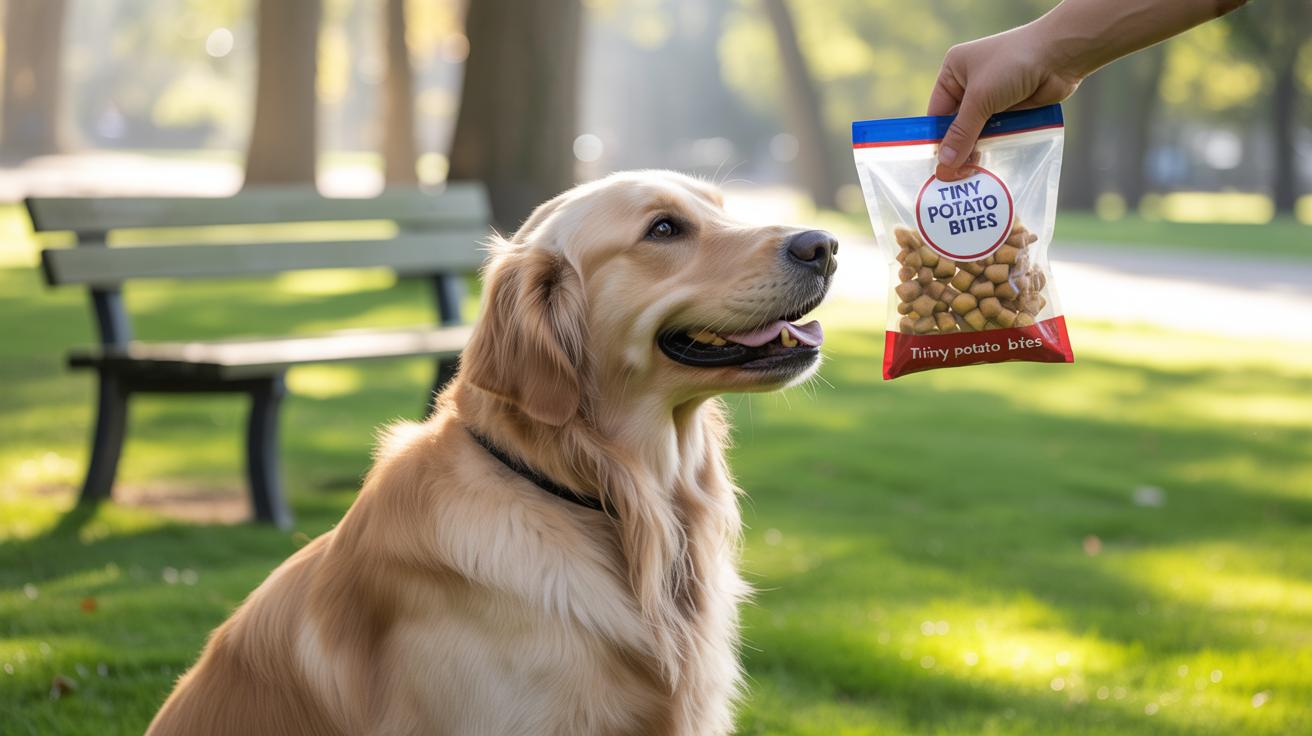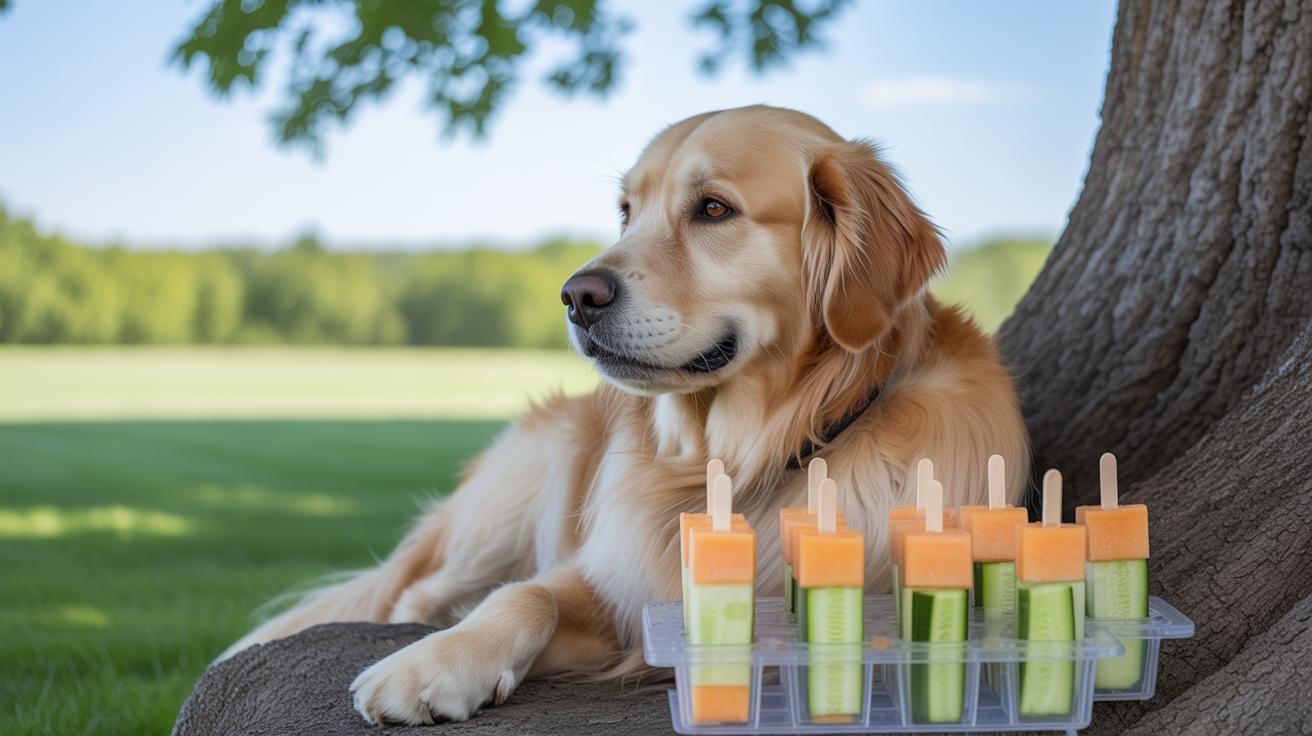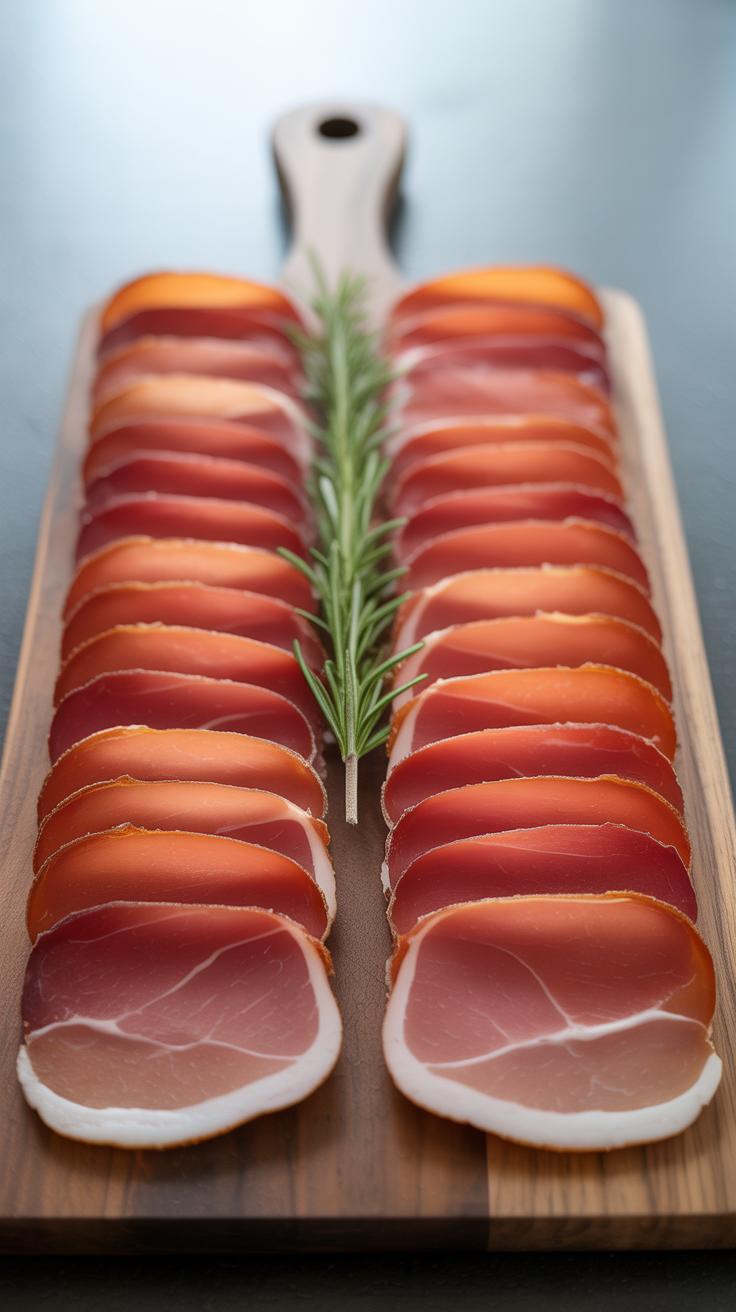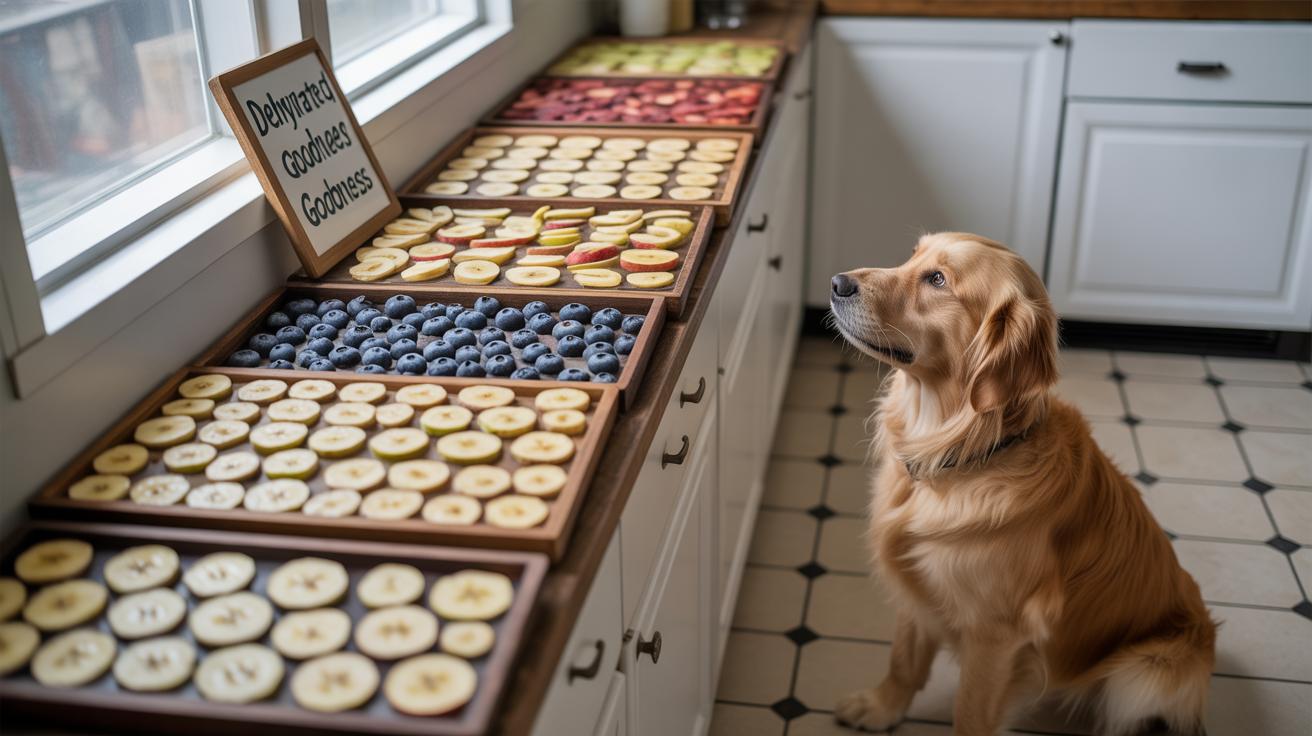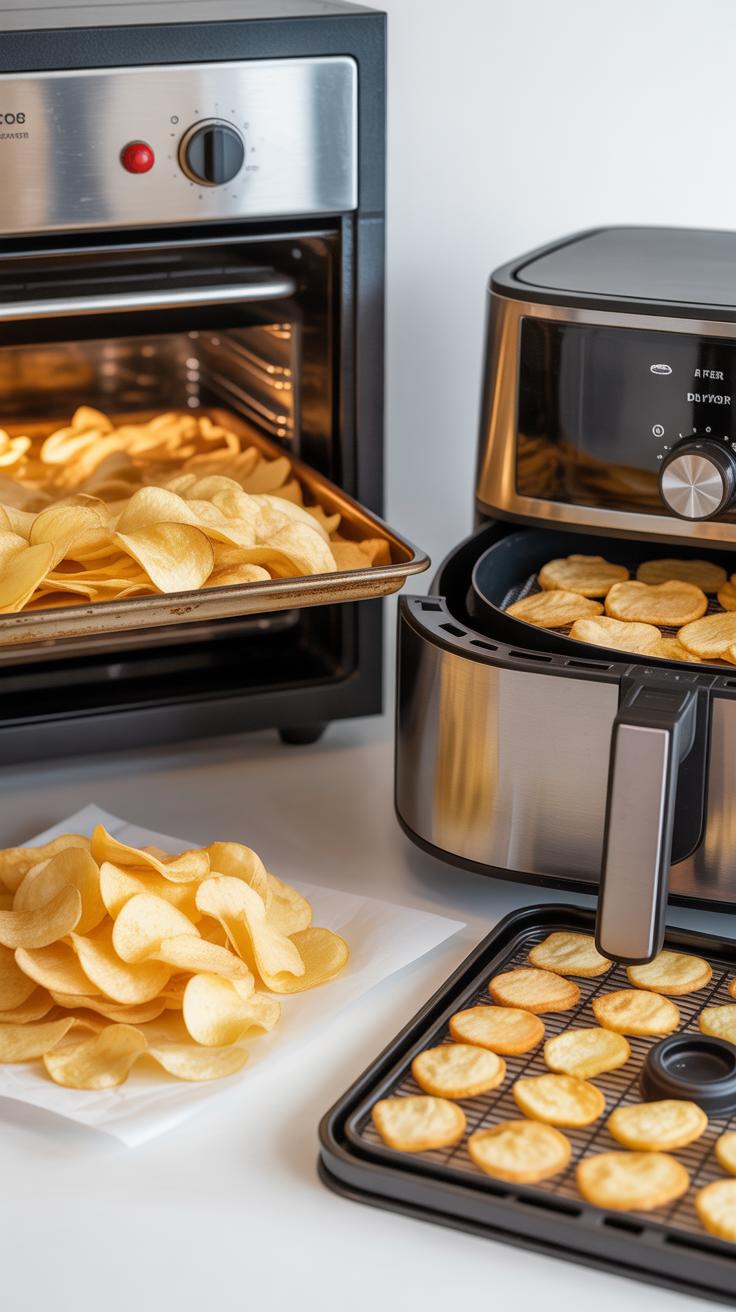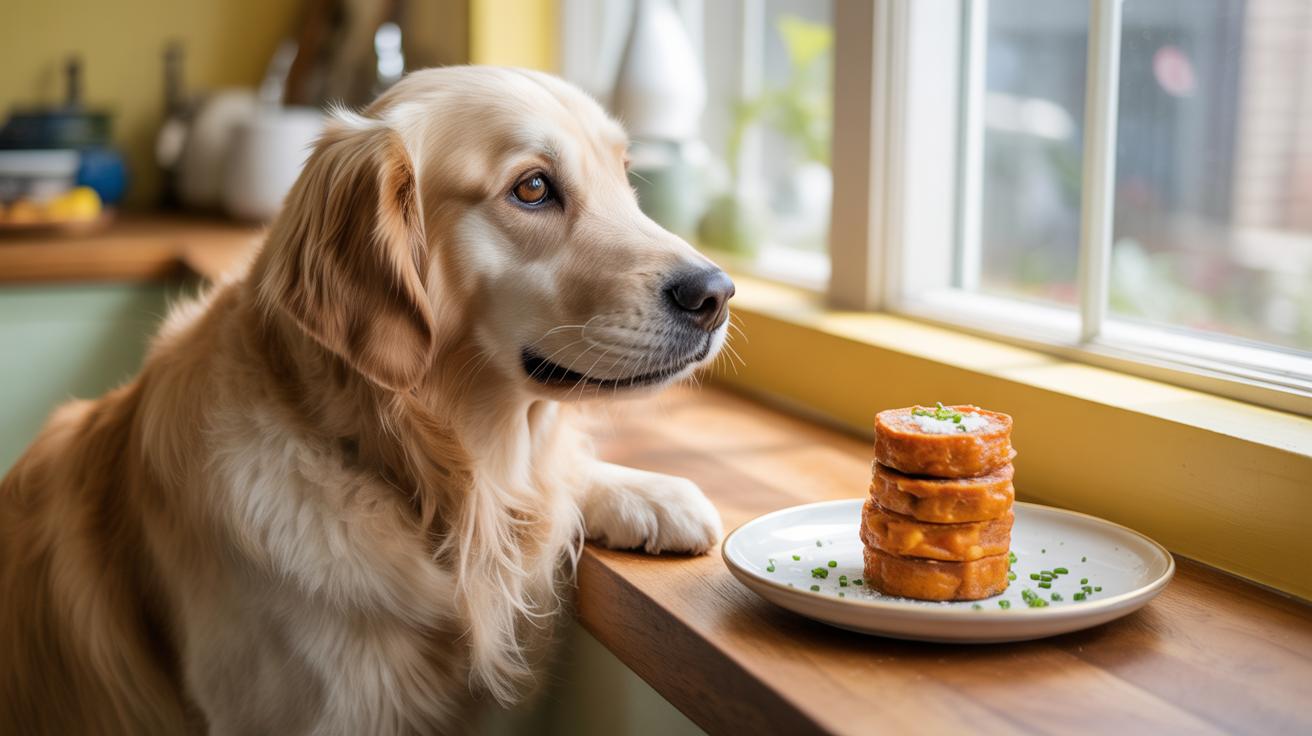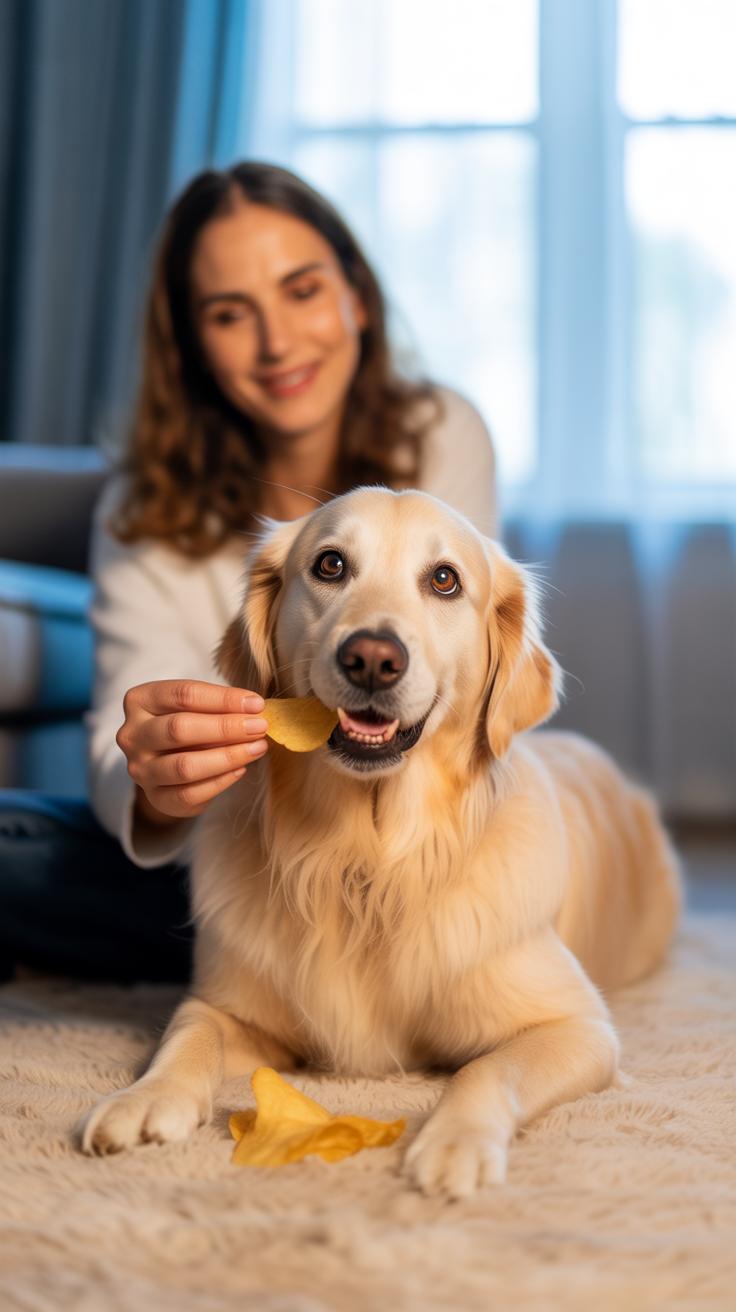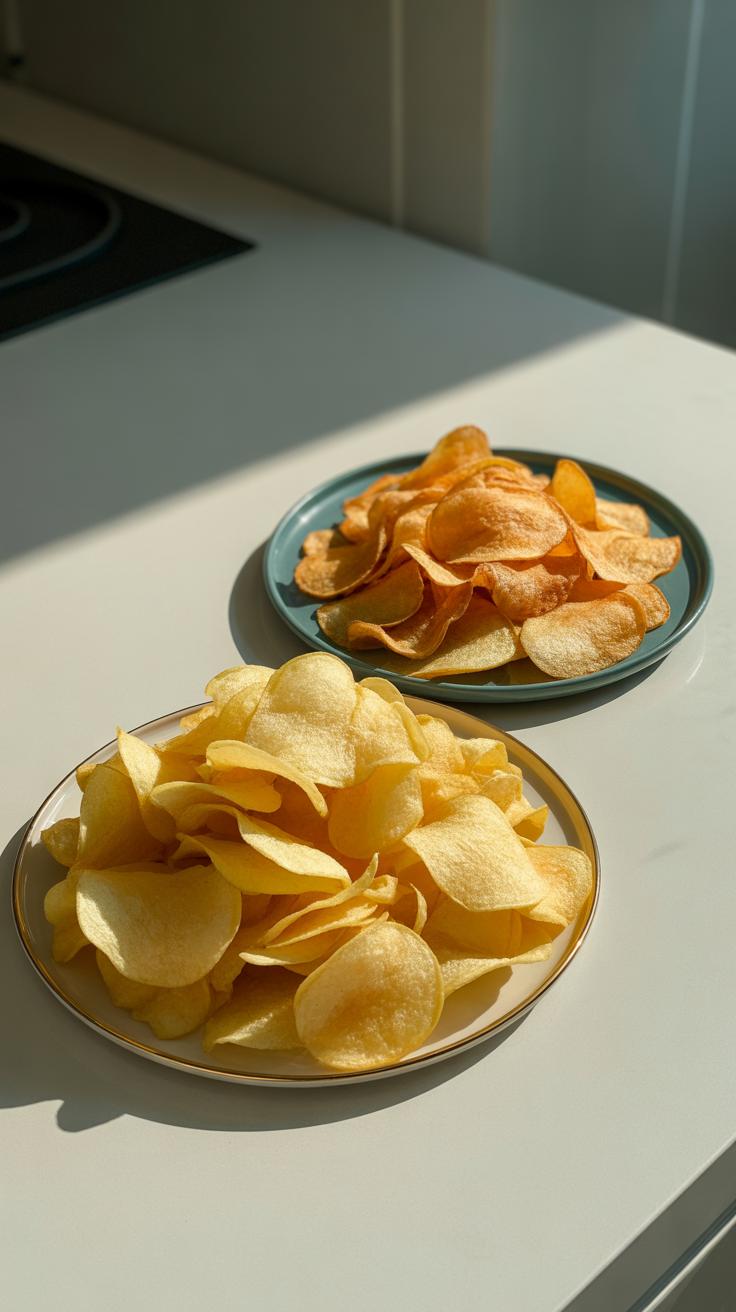Introduction
Sweet Potato Chips For Dogs Crispy Snacks In Minutes is a simple and healthy treat option for your furry friend. Unlike many processed snacks, you can make these at home with just a few ingredients. Sweet potatoes are a nutrient-rich root vegetable that offers vitamins and fiber beneficial for dogs. Making your own chips allows you to control what your dog eats and avoid harmful additives.
In this article, you will learn step-by-step how to prepare crispy sweet potato chips quickly. You will also discover the health benefits they provide, how to safely serve them, and tips to keep your dog happy with these crunchy treats. Whether you’re an experienced dog owner or new to homemade treats, these chips can be a great addition to your dog’s snack time.
Why Choose Sweet Potato Chips For Your Dog
Sweet potato chips offer a simple, natural alternative to many commercial dog treats that can be loaded with additives and preservatives. They’re easy to make at home, and dogs tend to like the mild, slightly sweet taste. But beyond flavor, what makes them stand out?
First off, sweet potatoes are packed with nutrients that support your dog’s overall health. They provide a steady source of fiber, which helps with digestion and maintaining gut health. And unlike some treats that are mostly empty calories, these chips also deliver vitamins A and C, which contribute to skin, coat, and immune system strength.
Compared to rawhide or processed biscuits, sweet potato chips tend to be easier on your dog’s stomach and teeth. Many store-bought treats contain fillers that may not be beneficial, or worse, ingredients some dogs react to. Sweet potato chips are just… well, sweet potatoes. No mystery chemicals or artificial stuff.
Of course, every dog is different, what works wonders for one might be less exciting for another. Still, in my experience, dogs – even picky ones – usually enjoy this snack, which feels less like a “treat” and more like a simple, tasty bite.
Nutrients In Sweet Potatoes
It’s really the nutrient profile that makes sweet potatoes a solid snack choice. Here are some key points:
- Vitamin A – supports vision, skin health, and immune function.
- Vitamin C – helps with antioxidant protection and immune defenses.
- Dietary fiber – encourages good digestion and can ease stool consistency.
- Manganese and other minerals – play roles in metabolism and bone health.
These nutrients aren’t just tossed in—they work to support various parts of your dog’s body over time. The fiber, for instance, not only assists digestion but can also help dogs feel fuller between meals. That said, sweet potatoes don’t offer the protein punch that meat-based treats do, so they’re more of a complementary option than a main food source.
Advantages Over Store Bought Treats
Making sweet potato chips at home gives you control over exactly what your dog gets. There are no preservatives, artificial colors, or added sugars. You avoid the mystery ingredients that sometimes stash themselves in packaged snacks. This is especially important if your dog has food sensitivities or allergies.
Plus, homemade chips can be baked or dehydrated just enough to get that satisfying crunch without turning into brittle shards that could pose a choking hazard. Store-bought treats might last longer on the shelf, but often at the cost of nutritional quality.
And honestly, it feels better as a pet owner to whip up a batch of these yourself. You know what’s inside, and your dog probably notices the difference too. It might take a little time, sure, but for quality and care? I think it’s worth it.
How To Select The Right Sweet Potatoes
Look For Firm And Smooth Skin
Choosing sweet potatoes for your dog’s chips isn’t just about picking the biggest ones on the shelf. You want to find ones that feel firm when you hold them. If a sweet potato gives a little under gentle pressure, it might be past its prime. Smooth skin is another key—see if the surface looks even and without little blemishes or dark spots. These spots could hint at bruising or early rot, which don’t belong in snacks for your pup.
I remember once grabbing a few that looked fine but had subtle cracks. After baking, the chips turned out uneven and some pieces tasted off. It’s worth the extra moment to really inspect each sweet potato closely. Sometimes the skin hides imperfections you only see when the light hits just right.
Avoid Sprouted Or Soft Potatoes
Sprouted sweet potatoes might seem harmless, but they aren’t the best choice for dog treats. Those sprouts indicate the potato is starting to age and break down. The texture inside becomes softer and less crisp, which means your chips won’t have that satisfying crunch. Plus, there’s a chance the sprouts could carry substances that dogs shouldn’t consume.
Soft sweet potatoes feel different, often a bit mushy or wrinkled. When I used softer ones once, the chips came out chewy instead of crispy, and my dog wasn’t interested at all. It’s tricky because sometimes a sweet potato looks okay from the outside but feels soft when you squeeze it.
To avoid any disappointment (and to keep your dog safe), just skip anything sprouted or soft. Freshness plays a bigger role than you might think in how enjoyable the chips turn out. Choosing carefully really makes a difference to the final snack.
Preparing Sweet Potato Chips Safely
Washing And Peeling
Start by thoroughly rinsing your sweet potatoes under cool running water. This removes dirt and any lingering residues. You might find it helpful to scrub them gently with a vegetable brush—sometimes dirt clings tightly, and a quick rub makes a difference.
Peeling is the next step. Although some dogs can eat sweet potato skins, peeling reduces the chance your pet will have trouble digesting tougher parts. Use a standard vegetable peeler, moving carefully to avoid taking off too much flesh. You want mostly just the skin, not wasting the good stuff under it. Sometimes, especially if the skin looks thin or smooth, it’s okay to leave it on. But peeling feels safer and a bit cleaner to me.
Slicing Techniques For Even Cooking
The way you slice affects how crisp and evenly cooked those chips turn out. Try to keep the slices consistent in thickness—about a quarter-inch works well. Too thick, and the chips stay chewy; too thin, and they burn or cook unevenly.
Using a sharp knife or mandoline slicer helps here, but mandolines can be tricky if you’re not used to them. Take your time, and if slicing by hand, aim for slices close in size rather than perfectly uniform ones. Slight differences won’t ruin the chips, just influence their texture a bit.
Another tip: slice across the potato, not lengthwise. This gives you round chips that cook more evenly, and dogs seem to find them a bit easier to grab and enjoy. Have you noticed your dog reacts differently to shapes? It’s funny how little things matter sometimes.
Different Methods To Cook Sweet Potato Chips
Baking For A Crispy Texture
Baking sweet potato chips is probably the most straightforward way to get them crispy without much fuss. You start by slicing the sweet potatoes thinly—about 1/8 inch works well, but you might find that slightly thicker slices hold together better. Laying the slices in a single layer on a baking sheet, maybe lined with parchment, helps avoid sticking and uneven cooking.
Set your oven somewhere between 250°F and 275°F. It might take longer than you expect, often around 1.5 to 2 hours, but this slow baking draws out moisture gradually, which is key for crispiness. Flipping the chips halfway through helps cook them evenly. If you bake at higher temps, you risk charring the edges before the centers dry out, so patience sort of pays off here.
I’ve found that slight tweaks in thickness affect the final crunch a lot—plus, the oven’s quirks matter. So, it’s worth checking early and adjusting as you go. Baking feels a bit hands-off compared to other methods, which is good when you want to multitask, but it demands time and a bit of attention.
Using A Dehydrator Or Air Fryer
Dehydrators offer a gentler approach—they remove moisture slowly at low temperatures over several hours. If you own one, you’ll notice that the chips keep more of their color and natural sweetness. The texture might end up chewy or just lightly crispy, depending on how long you dry them. It’s not always as crispy as baking, but it preserves more nutrients, which some might find appealing.
Air fryers, on the other hand, work quickly and deliver a crisp outside thanks to intense hot air circulation. They typically take around 15 to 20 minutes at about 350°F. The time can vary widely depending on the model and chip thickness, so it pays to watch closely. Air frying can sometimes produce uneven results if chips overlap, so don’t overcrowd the basket.
Tried both—I feel like the air fryer is the best quick fix when you want crispy sweet potato chips in minutes. The dehydrator is more for those relaxed days when you’re not in a rush and want to preserve texture without baking. Each method has its quirks. Maybe you’ll try both and pick your favorite.
How To Serve Sweet Potato Chips To Your Dog
When it comes to serving sweet potato chips, think about the size of your dog first. Small dogs only need a couple of tiny pieces, while bigger breeds might enjoy a few more. Don’t just offer a handful at once—break the chips into bite-sized bits to prevent choking, especially if your dog tends to gulp snacks down quickly.
Start slow. Give just one or two chips at first to see how your dog reacts. It’s easy to get excited and offer too much, but sweet potato chips should stay a treat, not a main snack.
Portion Control And Frequency
Try limiting sweet potato chips to a few times a week—not every day—since even healthy treats add up. About one to three pieces per session is usually enough to keep your dog interested without overwhelming their diet.
Keep an eye on their overall calorie intake, especially if they’re already getting other treats or supplements. Too many chips can contribute to weight gain or digestive upset over time.
Monitoring Your Dog’s Reaction
After your dog tries the chips, watch for signs like stomach discomfort, diarrhea, or unusual lethargy. Some dogs might be more sensitive to fiber or natural sugars in sweet potatoes, so a bit of cautious observation is wise.
Also, notice if your dog seems genuinely interested or turns away—sometimes they don’t like the texture or taste, and that’s okay. If you spot any allergenic reactions like itching or swelling, stop immediately and consult your vet.
It might take a few tries for your dog to warm up to the chips, so patience is key here. Serving sweet potato chips with care makes them a simple, enjoyable reward without unintended risks.
Potential Health Benefits For Dogs
Improved Digestion And Fiber Intake
Sweet potatoes contain a good amount of dietary fiber, which can be quite helpful for your dog’s digestive system. Fiber helps regulate bowel movements by adding bulk, which may prevent constipation or loose stools. You might notice that dogs who enjoy these crispy sweet potato chips tend to have more consistent digestion—not always, but it’s something to watch for.
It’s interesting because fiber also feeds the good bacteria in the gut, promoting a healthier microbiome. A well-balanced gut flora often means fewer digestive upsets. That said, feeding too many chips could cause the opposite effect, so balance is key. Still, incorporating fiber-rich treats like sweet potato chips can gently support your dog’s digestion over time.
Vitamins That Support Immunity
Sweet potatoes are loaded with vitamins that seem to play a role in immune health. For example, vitamin A is abundant and known to boost skin and coat condition while supporting immune responses. Then there’s vitamin C, which dogs can produce naturally but can sometimes benefit from getting in food, especially under stress.
Vitamin E is another component found in sweet potatoes that’s linked to fighting free radicals and maintaining strong cellular health. While treats shouldn’t replace a balanced diet, these vitamins make sweet potato chips a mild, natural way to give your dog’s immune system a subtle nudge. It’s not a cure-all, but it can be part of a healthy routine that may help keep your dog feeling resilient.
Common Mistakes To Avoid Making Sweet Potato Chips
Overly Thick Or Thin Slices
Getting the thickness just right is trickier than it might seem at first. If your slices are too thick, they won’t crisp up well. Instead, you may end up with chewy chips that don’t offer the satisfying crunch dogs seem to enjoy. On the other hand, slices that are too thin tend to burn quickly, turning bitter and brittle before they’re properly cooked through. It’s a delicate balance — usually, around a quarter of an inch is a good starting point. But even then, oven temperatures and sweet potato size influence how long they should cook.
When I first made these chips, I cut some thin and others thick by accident. Watching the thin ones curl and blacken within minutes was frustrating. So, my advice: try to keep a consistent thickness and maybe even experiment with a mandoline slicer. It’s not always perfect, but at least you’ll avoid major unevenness.
Adding Harmful Ingredients
One of the biggest mistakes people make is seasoning these chips as if they were for human snacks. Salt, garlic, onion powder, and various spices are toxic or unhealthy for dogs. Even oils, especially those high in fat or additives, can upset your pet’s stomach or cause digestive problems. You might think a drizzle of olive oil makes them tastier or crispier, but for dogs, it’s safer to bake without any added oils at all.
Sometimes, I’ve found myself tempted to sneak in a little seasoning, just to see if my dog likes the flavor better. Turns out, he prefers plain chips anyway. It’s better to avoid any doubts—keep the chips simple and pure, so you’re not risking health issues down the line. If you want to add something extra, maybe a tiny dusting of plain, dog-safe herbs, but only after double-checking they’re safe.
Storing Sweet Potato Chips To Keep Them Fresh
Use Airtight Containers
When it comes to keeping your sweet potato chips tasty and crisp, airtight containers really make a difference. Leaving them exposed to air is a quick way to turn crunchy snacks into soft, chewy bits nobody wants. A simple glass jar or plastic container with a tight lid usually does the trick. You might think a plastic bag works, but unless you squeeze out all the air, it won’t be enough.
One time, I stored chips in a zip-lock bag and noticed they lost their snap within a day. Switching to a small mason jar changed everything—the chips stayed crisp longer, and my dog seemed to enjoy them more. It’s easy to underestimate how much moisture from the air affects the texture. So, yes, airtight is key.
Shelf Life And Signs Of Spoilage
Freshly made sweet potato chips generally last about 1 to 2 weeks if stored properly. Maybe longer if your environment is very dry, but don’t push it too far. After that, they usually start to lose their crunch or might develop a stale smell—a subtle warning to toss them out. If you notice any odd odor, discoloration, or a strange texture, it’s better not to risk it, even if they look okay.
Sometimes, chips that are just a bit soft might still seem fine, but if they feel sticky or look oily beyond normal, that’s a sign of spoilage creeping in. Trusting your senses can help here. You could check chips daily if you want, but realistically, it’s a matter of testing one or two every few days before serving some to your dog. Better safe than sorry, I say.
Conclusions
Sweet potato chips offer a tasty and nutritious snack alternative for your dog. Made from a natural vegetable, they supply fiber and vitamins without harmful additives. You can easily prepare them at home in minutes using simple methods like baking or dehydrating.
By choosing homemade sweet potato chips, you improve your dog’s diet and provide a crunchy treat that supports digestion. Keep portion sizes moderate and watch how your dog responds. This snack can be a healthy and enjoyable way to spoil your pet while paying attention to their nutrition and wellbeing.

